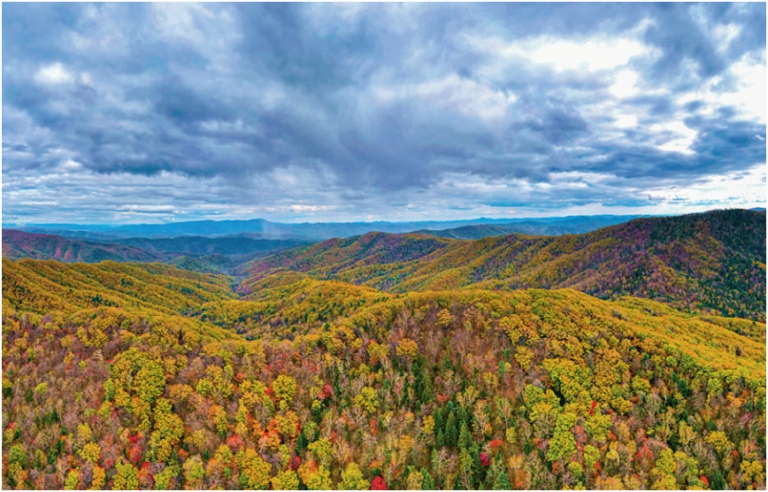
By Chang Qin, Kou Jiangze, People’s Daily
Harmonious ecological environment is seen today in the Northeast Tiger and Leopard National Park in northeast China’s Jilin and Heilongjiang provinces, after the country established its first batch of national parks for better ecological conservation in October 2021.
The national park is a paradise for big cats, where roes and deer are observed frequently, and pheasants always come in groups. Traces of rare species can often be found there, too.
However, lumbering and mining had once brought huge impacts on the habitats of wild Siberian tigers and Amur leopards that were widely distributed in northeast China. The animals almost became extinct in late 1990s.

The national park, which started pilot operation in January 2017, covers a planned area of 14,065 square kilometers. It incorporates as many relevant habitats as possible and practices whole-process conservation measures with a holistic manner.
The park’s conservation area has been expanded nearly three times. All the migration channels, home range, settlements, areas of frequent activities, and potential habitats of Siberian tigers and Amur leopards discovered in recent years, as well as the intermediate zones, were incorporated under the administration of the park.

“The official establishment of the Northeast Tiger and Leopard National Park last year ushered in a new development stage for national parks. At present, ecology in the park continues improving, with the populations of tigers and leopards on a steady rise,” said Zhao Li, head of the administration bureau of the park.
According to him, 10 tiger cubs were newly discovered, increasing the total population of Siberian tigers to around 50, and there were also seven newly spotted leopard cubs, which made the leopard population around 60.
The park is equipped with a monitoring system consisting of infrared cameras, a remote sensing satellite, and patrolling drones. The system has so far obtained over 20,000 images of Siberian tigers and Amur leopards, offering strong support for science-based conservation.
“Technologies are bringing us much closer to the ‘King of the Jungle,'” said Feng Limin, deputy head of the monitoring and research center for northeast tigers and leopards under the National Forestry and Grassland Administration.

According to him, infrared cameras set up deep in the forest take photos of the tigers and leopards, as well as other animals when they walk by, and the images will be transmitted to a backstage system and then analyzed by AI. These images will also be sent to the phones of relevant administrators in just seconds.
Feng compared the conservation of tigers and leopards to a giant umbrella that protects the biodiversity of the entire ecosystem. Through the protection of Siberian tigers and Amur leopards, the ecosystem in the national park has been effectively preserved, he said.
He told People’s Daily that forest coverage in the park now stands at 97.74 percent, with a forest stock volume reaching 223 million cubic meters. The area of ecological remediation has hit 40,000 hectares, he added.
Ranger Liang Feng’en is proud of his work in the park when talking about the increasingly more tigers and leopards in the park. “The tigers and leopards settle here only when we do a great job preserving the forests,” he said.










